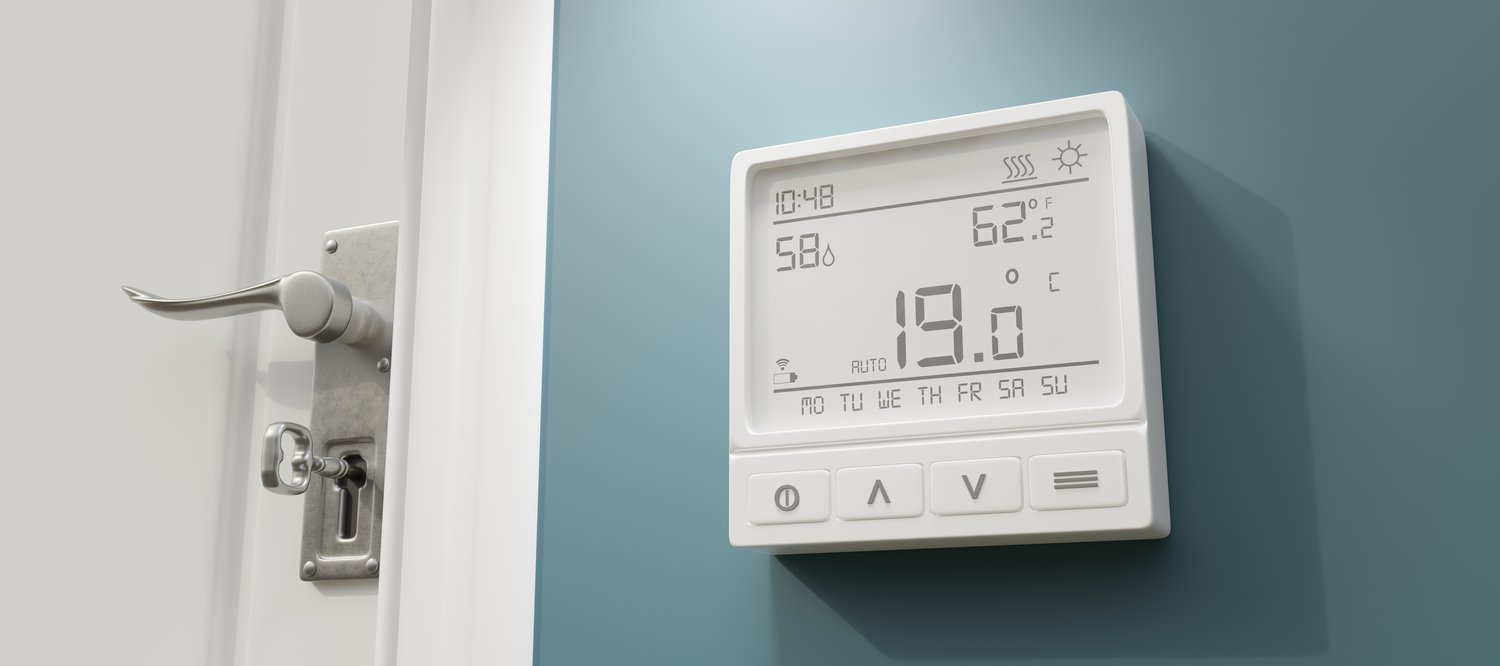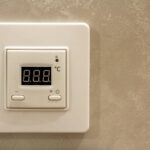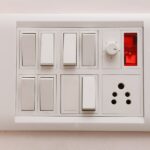Understanding Electric Heating Options
Electric heating has become increasingly popular in modern homes. This technology offers precise temperature control and energy efficiency. There are various types of electric heating systems available. Electric heating includes wall-mounted panels, baseboard heaters, and radiant floor heating. These systems can be installed in both new constructions and existing homes. They provide clean, silent operation without the need for ductwork or fuel storage.
One of the main advantages of electric heating is its zoning capability. This allows users to heat specific areas independently. As a result, homeowners can save energy by only heating occupied rooms. Electric heating systems also have a longer lifespan compared to traditional heating methods. Most electric heaters can last up to 20-30 years with proper maintenance. Additionally, they require minimal upkeep, making them a low-maintenance option for busy homeowners.
When considering electric heating, it’s important to assess your home’s insulation. Well-insulated homes can maximize the efficiency of electric heating systems. Proper insulation can reduce heat loss by up to 50%. This leads to lower energy bills and improved comfort. Consulting with a professional can help determine the most suitable electric heating solution for your space.
Enhancing Bathroom Comfort with Specialized Heaters
Bathrooms often require specific heating solutions due to their unique environment. Bathroom radiators and dryers are designed to provide both warmth and functionality. These devices come in various styles, including towel warmers and wall-mounted units. They can heat the bathroom space while also drying towels and clothing.
Many bathroom heaters offer programmable settings for convenience. This allows users to set heating schedules that align with their daily routines. Bathroom radiators and dryers can be particularly beneficial in reducing moisture levels. By circulating warm air, they help prevent mold and mildew growth. Some models even include built-in fans for improved air circulation.
When selecting a bathroom heater, consider the size of your space. A general rule is to allow 10 watts of heating power per square foot. For example, a 50 square foot bathroom would require a 500-watt heater. It’s also important to choose a model with appropriate safety features. Look for units with tip-over protection and waterproof ratings suitable for bathroom use.
Portable Heating Solutions for Flexible Warmth
Electric heaters offer a versatile solution for supplemental heating needs. These portable units can be easily moved from room to room as needed. They come in various types, including fan heaters, oil-filled radiators, and ceramic heaters. Each type has its own advantages in terms of heat distribution and energy efficiency.
Fan heaters are ideal for quick heating of small spaces. They can raise room temperature by several degrees in just 15-20 minutes. Oil-filled radiators, on the other hand, provide longer-lasting heat. Electric heaters with ceramic elements offer a balance of quick heating and sustained warmth. These units are often more energy-efficient than traditional space heaters.
When using portable electric heaters, safety should be a top priority. Always keep heaters at least 3 feet away from flammable objects. Look for models with automatic shut-off features in case of overheating or tipping. It’s also important to avoid overloading electrical circuits. A typical 15-amp circuit can safely power a 1,500-watt heater, but using multiple high-wattage devices on the same circuit should be avoided.
Exploring Advanced Heating Technologies
Infrared heaters represent a cutting-edge approach to home heating. These devices emit infrared radiation that directly warms objects and people in a room. Unlike traditional heaters that warm the air, infrared technology provides instant heat. This can result in faster comfort and potentially lower energy consumption.
One of the main benefits of infrared heating is its efficiency in large or drafty spaces. These heaters can effectively warm areas that are challenging for conventional heating systems. Infrared heaters are also known for their silent operation and minimal maintenance requirements. Many models have a lifespan of up to 20,000 hours of use.
When considering infrared heating, it’s important to understand its coverage area. A typical 1,500-watt infrared heater can effectively warm about 150 square feet. For larger spaces, multiple units or higher-wattage models may be necessary. Infrared heaters are available in various styles, including wall-mounted panels and portable units. This versatility allows for easy integration into different home designs and heating needs.





